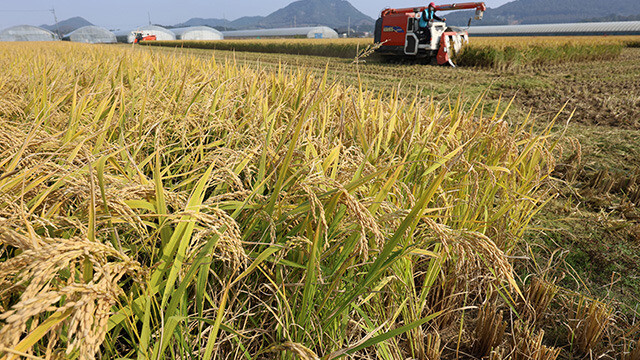
Seoul, South Korea – The South Korean government has announced a significant reduction in rice cultivation to address the persistent oversupply of domestic rice. The Ministry of Agriculture, Food, and Rural Affairs has ordered a nationwide decrease of 80,000 hectares in rice paddy fields over the next five years, starting from next year. This reduction represents approximately 11% of the total rice cultivation area in 2023 and is equivalent to 276 times the size of Yeouido, Seoul's main administrative district.
The province of Jeollanam-do, South Korea's largest rice producer, will bear the brunt of the reduction, cutting back 15,831 hectares. Other major rice-producing provinces such as Chungcheongnam-do and Jeollabuk-do are also required to significantly reduce their cultivation areas.
The government has implemented various incentives to encourage farmers to participate in the reduction program, including preferential treatment in public rice stockpiling, additional direct payments for exceeding reduction targets, and support for agricultural machinery. Farmers who switch to cultivating crops like soybeans or feed grains or adopt environmentally friendly rice cultivation practices will also be eligible for reduction credits.
However, the government's plan has faced strong opposition from farmers, who argue that it fails to address the root cause of the oversupply issue – rice imports. Critics contend that the reduction program will undermine the livelihoods of farmers and damage the domestic agricultural sector. Kang Soon-jung, the policy director of the National Farmers' Federation, has hinted at the possibility of civil disobedience if the government does not address farmers' concerns.
[Copyright (c) Global Economic Times. All Rights Reserved.]






























